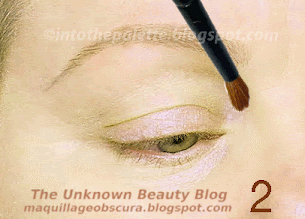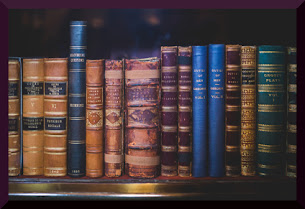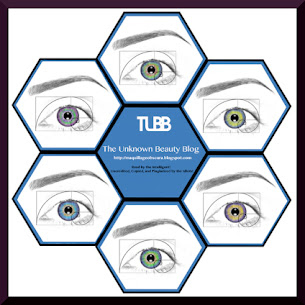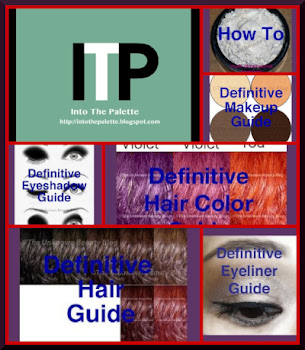I know I did a post on this before, but I thought I would dig deeper. After reading some anatomy books and stuff on the web, the difference is so interesting that maybe some of you might like to know or maybe not.
The eye is divided into 3 main parts when applying makeup:
- Brow area
- Lid
- Crease
Now, let's get a bit anatomical. Your brows lie on top of the Corrugator muscle. Your eye area beneath the brow is controlled by the Obicularis Oculi.
The Corrugator and the Obicularis move together and are voluntary, meaning they are controlled by what you do like squinting, furrowing the brows, etc. As you can see in the anatomy pictures, the formation of the muscle fibers are lying at a lateral angle. This is why when you smile, squint, etc., you get those lines called "crows feet". Or when you furrow your brow, the corrugators push the center area together forming "11's". (The crows feet and 11's eventually become permanent folds in the skin. If you don't want any of these lines, I suggest you remain expressionless from the day you are born.)
The Palpebral portion of the eye which is the eyelid area lies within the Obicularis muscle. These muscles are much thinner and are controlled by involuntary actions. Thank goodness you blink automatically. (One less thing to think about.) In between these two muscles is the
Orbital Septum (not shown) (yes, just like your nose, the eye has a septum) which in simple terms is a ligament that connects the brow area to the lid, thus this is the crease. This keeps the eyelids steady as your eyeball moves around. Behind this membrane is some fat which cushions the eyeball from orbital bone. As you age, the Orbital Septum weakens and droops the eye and for some that fat comes over the lid.
Now, let's compare this on Asian and Caucasian eyes. In the following I used Jojoba's eye from My Makeup Reviews and Grace from London Makeup Girl. I labeled the muscles. The placements are approximate. You can see that the Obicularis Oculi and Corrugator muscles are pretty much the same. The Palpebral muscle is not the same. Also, the Orbital Septum which lies behind the Obicularis are differently sized.
In a Caucasian, this is shorter and in an Asian longer thus making the crease non existent or just a slight fold. Behind the Orbital Septum is also the Orbital Fat that I mentioned. Since the Orbital Septum is longer, the Orbital Fat extends from the browbone to almost the lid. There is also a longer layer of fat on the browbone area. And, Asians also have an extra layer of fat on the lid area right beneath the skin which blocks the formation of a crease whereas Caucasians do not. This is three layers of fat which sadly as one ages can go in the opposite direction and become hollowed out and sunken in. Some Asians also have an Epicanthal Fold which hides the tear duct.
That is the anatomical structure of the Asian and Caucasian eyes. What does this mean when it comes to applying eyeshadow? For me personally, I find that application is more detailed oriented. The Asian eye around the lid area though it may look small has many options and the brushes make the difference. They have to be smaller and slightly stiffer to get the results needed especially when defining, lining, and creating depth. Blending and buffing is important too since the eye area is thicker. And, as one gets older, neutralizing that area or how I put it "killing the brown-ness" is important; this allows the eyeshadow colors to appear as true as possible.
I hope this has shed some light on the structure of the Asian eye. It isn't as detailed as an anatomy class but I think it is enough info for the non-medical student.














